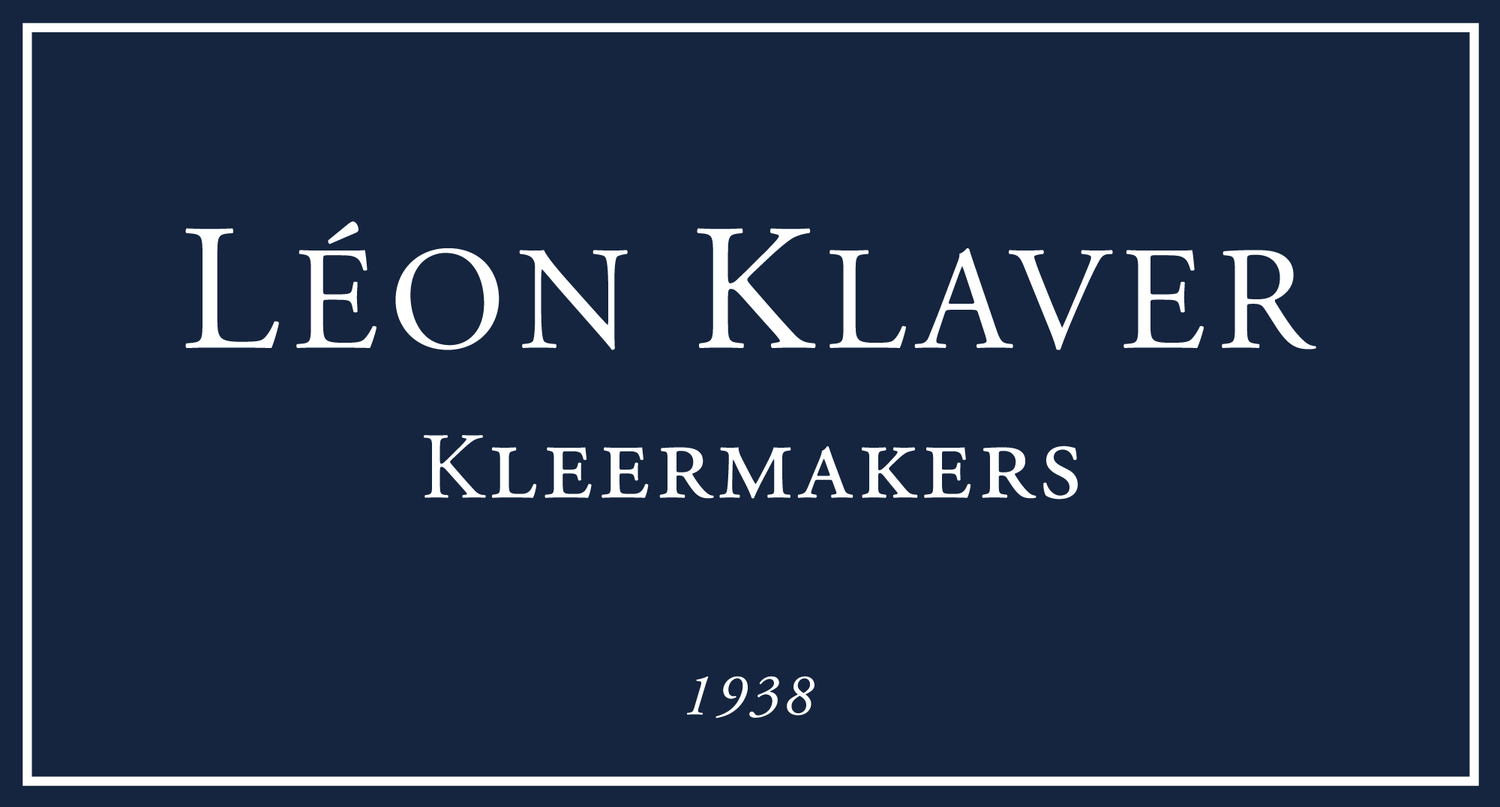U bent uw eigen merk!
/Onlangs is er een zeer belangrijk rapport over de retail branche gepubliceerd. Hoewel dit onderzoek in de V.S is gedaan, zien we dezelfde trends hier in Europa- zelfs in onze eigen maatwinkel! Door de crises is de consument kritischer geworden. Men koopt niet zomaar een pak van Armani of Burberry wetende dat er ook veel geld betaald moet worden voor de flagship stores op Madison Avenue, Bondstreet en de Via Montenapoleone. Los daarvan zijn velen nu op zoek naar hun éigen identiteit i.pv. zich te wilen associëren met de identiteit van de grote merken. Ook blogs van liefhebbers zonder commerciële bijbedoelingen blijken steeds meer richtinggevend te zijn. Kortom u bent bezig uw eigen stijl te ontwikkelen, te cultiveren en uit te dragen!
Hieronder ziet u een deel van het onderzoek met dank aan mijn gewaardeerde collega Chris Hogan van het blog 'Off the Cuff'
A brand called "You"
Brand allegiance is a funny thing. When it works well the customer identifies with the brand in a deep, meaningful, and personal way. When it doesn’t work – most likely when the brand lets a customer down in some way – the old loyalty can be almost impossible to truly win back.
While women are still targeted by designer trends, men traditionally stick with a brand they like and trust. Over the past several years, designers and marketing departments have been working overtime to encourage men to think and shop more like women – season to season, for example. That approach to the menswear market has had some limited success, but for the most part guys are still guys.
Today, it is a given that each one of us is our own brand ambassador. We can pick and choose from dozens of small, artisanal, heritage, and hand-crafted brands that produce quality goods ranging from bow ties to bicycle seats, briefcases to brogues. We select the brands that best define us, choosing the things of our life much like a curator selects an artifact for display in his museum.
It wasn’t so long ago that this sense of sartorial independence and style ownership simply didn’t exist. The remarkable and landscape-shifting trend in which the customer is more or less his own brand is a recent one. For a very long time larger homogenized brands like Ralph Lauren, Tommy Hilfinger, and Brooks Brothers held dominant positions in menswear when it came to defining the parameters of style. Global brands had reach, manufacturing leverage, big marketing budgets, and a lock on most markets. They defined what “classic style” and “preppy” meant for many male consumers. The brands more or less told the consumer what he should want, and charged a premium for the privilege of getting it.
But, in November 2008, the retail world turned upside down. When the luxury retail economy collapsed along with everything else, the jig was up. Almost overnight, the very concept of brand loyalty and even the basic understanding of how a consumer sees their favorite brand, logo, or company, had dramatically changed.
The crash of mass couture all started with Saks Fifth Avenue.
There were already fears about economic problems in the months leading up to the 2008 holiday shopping season. But as Black Friday rolled around, the retailing earth shook when, without any pretense or warning Saks, the bastion of luxury retail, preemptively slashed prices on designer clothes by 70 percent.
This was unheard of; the designers from whom Saks Fifth Avenue purchased high-end goods were caught totally off guard and other major luxury retailers were forced to quickly follow suit. Soon after, boutiques and then second-tier retailers were forced to massively reduce prices.
A cardinal rule of luxury retail had been broken and overnight already skittish consumers were suddenly wondering if their Louis Vuitton duffle bag or designer jeans were ever worth what they had paid only the day before.
It’s all about you It turned out that many smaller and specialized brands – some now very familiar – had been waiting for their shot at the brass ring. At the same time, some consumers began to turn away from mega brands and finally think about what message they were telegraphing about themselves. As they looked around, guys began to see other options rich in design, craftsmanship, style, and quality.
At its core, the feeling is that if I’m going to buy something expensive and luxurious, it should be unique and hand crafted. Instead of three “luxury” off the rack suits, I want one custom suit that will last for years.
With consumers taking over the job of promoting or dismissing luxury goods via blogs, twitter, or Facebook, and simply by communicating with each other and bypassing traditional advertising altogether, the definition of branding is changing as well.
Your personal style is now your logo In fact, it seems that now we’re the brand. Designers and marketers are looking for ways to get their products associated with people. It’s not just about us wanting to live in their worlds, now they want to be worthy of our personal brands.
It’s now about the brand of you!
On June 27, 2012, By Off The Cuff - courtesy Chris Hogan


